Expo 2010, Shanghai
Wednesday, 5th May 2010 by Ian Brown
New imagery of Shanghai provides a good look at many of the unique buildings created for Expo 2010 which opened on May 1 to showcase countries from around the world and to highlight China's largest city's emerging status as the "next great world city".
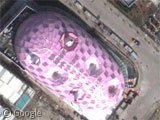
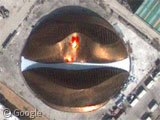
Japanese pavilion / U.A.E. pavilion
Set in sprawling grounds on either side of the Huangpu River, the Expo comprises multiple pavilions representing different continents and themes. Within each pavilion are buildings from various countries, organisations and businesses.
From the main entrance, the site is dominated by Expo Axis, a 100m long building which is the world's largest membrane structure. Six large steel and glass funnel shapes allow natural light to enter and focus on the various installations.
Organisers expect upwards of 70million people to visit the Expo during the next few months, so huge infrastructure requirements had to be included. Immediately to the west of the Axis are various large areas for dining and entertainment, along with a theme pavilion. The latter's roof was designed to resemble traditional Shanghai windows, while the exterior is based on origami creations. It contains three major installations on themes of urban living.
While to the east of the Axis, with pride of place for the host nation (one assumes Feng Shui had something to do with the layout), is the large China pavilion which uses traditional architecture to form a roof intended to resemble an ancient crown.
Further north is a large ufo-shaped performing arts building / culture centre.
To the east of the China Pavilion are those of many Asian nations including Japan's organically-formed pavilion, plus the United Arab Emirates' bronze sand-dune shaped structure and Israel's seashell-inspired location, just three of many spectacular buildings created specially for this expo.
Beyond the Asian pavilions is Expo Village - accommodation for those working on site for the next six months.
Moving to the far western end of the site, we find the Pavilions of the Americas, which include an interesting trio of buildings: the Mexican display of kite-shaped canopies, the Chilean wave-shaped structure and the Möbius-strip building created for Venezuela. The Canadian pavilion features performances by Cirque du Soleil and a virtual waterfall. The US pavilion is a giant steel-clad structure but the "warehouse-like" design has been quite poorly received.
The African nations are gathered in one large pavilion near the river, alongside the Windows of the City performance space.
Further east are assorted European nations, including Russia's pavilion (their first at an Expo in 30 years), which is surrounded by 12 irregular towers. Germany's silver membrane-wrapped structure is next to Poland's lattice-work canopy. Denmark and Finland created structures that look very similar from the air, but which are remarkably different at ground level.
In the centre of the complex are the Southeast Asia / Oceania pavilions, such as Australia's oxidized steel structure, along with those of assorted international bodies such as the UN World Meteorological Organisation which will allow visitors to feel like they are walking through a cloud.
To cope with the crowds of visitors, the permanent bridge across the river has been supplemented by a temporary floating bridge (possibly consisting of a number of boats tethered together), though it was installed after this new imagery was taken.
The bridges carry visitors to the Enterprise Pavilion - a combination of displays by various multinational corporations such as Coca Cola (with highly reflective red surface, apparently... or maybe they just installed a supernova), and experiential centres such as the Abilia pavilion which will provide 'happy learning activities' for children.
A final Expo zone features more corporate pavilions and many displays on urban best practices.
All of the buildings mentioned here are much more spectacular at ground level, so I suggest you visit the official Expo 2010 site to learn more and get a good look at them.1
Wikipedia also has some good information, but I definitely recommend this photo gallery of the Expo on the Big Picture site.
-
There are a couple of options:
a) The flash site has many viewing options of the different zones and buildings, though be warned it does feature many annoying animations, music and sounds, including a rather irritating character which appears to be a talking blue pencil eraser!
b) The more descriptive text site has plenty of information and images, but be warned that virtually every link will open a new tab or window in your browser, so even a short visit will leave you with more open windows than is reasonable. ↩︎
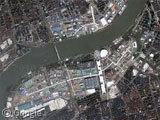
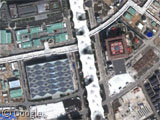
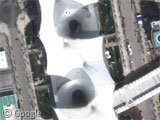
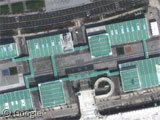
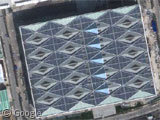
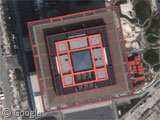
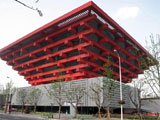
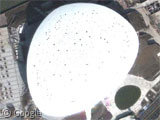
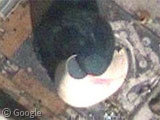
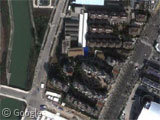
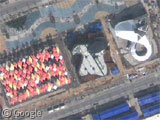
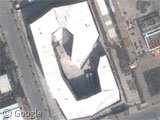
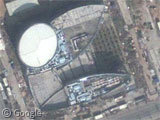
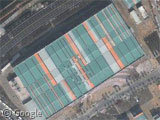
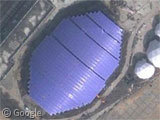
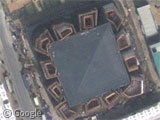
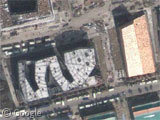
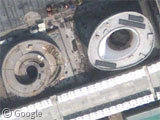
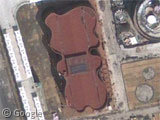
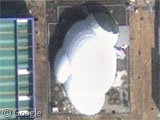
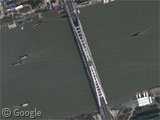
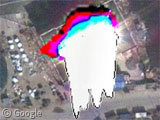
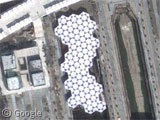
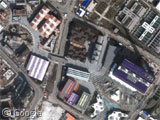

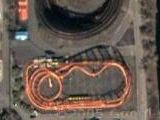
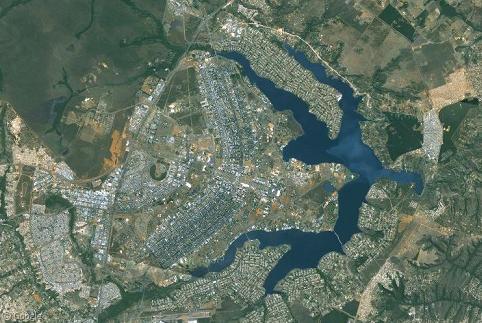
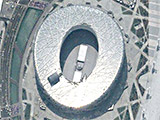
China = good at building big stuff – bad at building websites.